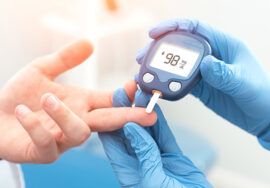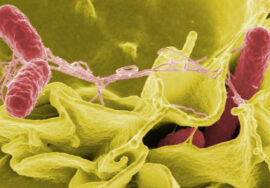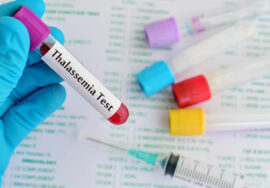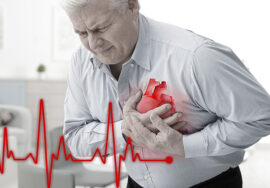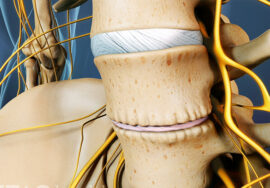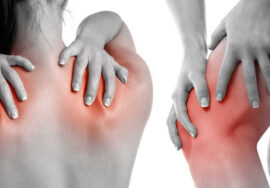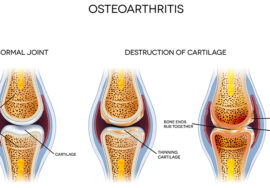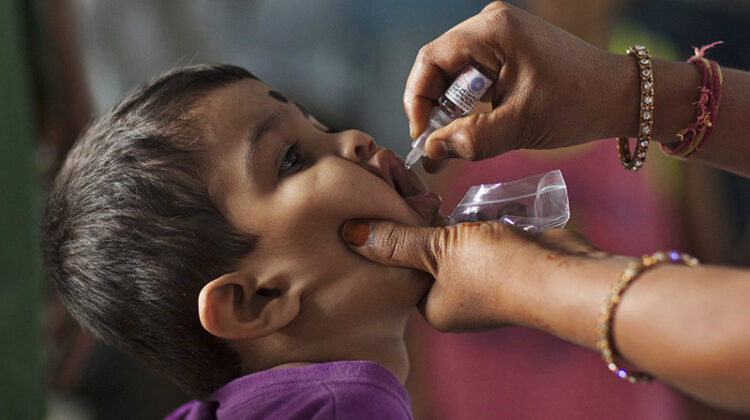
What is Polio?
Polio is a contagious viral illness that in its most severe form causes nerve injury leading to paralysis, difficulty breathing and sometimes death.
In the U.S., the last case of naturally occurring polio was in 1979. Today, despite a worldwide effort to wipe out polio, poliovirus continues to affect children and adults in parts of Asia and Africa.
The Centers for Disease Control and Prevention (CDC) advises taking precautions to protect yourself from polio if you’re traveling anywhere there’s a risk of polio.
Adults who have been vaccinated who plan to travel to an area where polio is occurring should receive a booster dose of inactivated poliovirus vaccine (IPV). Immunity after a booster lasts a lifetime.
Symptoms
Although polio can cause paralysis and death, the majority of people who are infected with the virus don't get sick and aren't aware they've been infected.
Nonparalytic Polio
Some people who develop symptoms from the poliovirus contract a type of polio that doesn't lead to paralysis (abortive polio). This usually causes the same mild, flu-like signs and symptoms typical of other viral illnesses.
Signs and symptoms, which can last up to 10 days, include:
- Fever
- Sore throat
- Headache
- Vomiting
- Fatigue
- Back pain or stiffness
- Neck pain or stiffness
- Pain or stiffness in the arms or legs
- Muscle weakness or tenderness
- Loss of reflexes
- Severe muscle aches or weakness
- Loose and floppy limbs (flaccid paralysis)
Causes
Poliovirus can be transmitted through direct contact with someone infected with the virus or, less commonly, through contaminated food and water. People carrying the poliovirus can spread the virus for weeks in their feces. People who have the virus but don't have symptoms can pass the virus to others.
Risk Factors
Polio mainly affects children younger than 5. However, anyone who hasn't been vaccinated is at risk of developing the disease.
Complications
Paralytic polio can lead to temporary or permanent muscle paralysis, disability, bone deformities and death.
Prevention
The most effective way to prevent polio is vaccination.
Polio Vaccine
Most children in the United States receive four doses of inactivated poliovirus vaccine (IPV) at the following ages:
- Two months
- Four months
- Between 6 and 18 months
- Between ages 4 and 6 when children are just entering school
Allergic Reaction to the Vaccine
Signs and symptoms of an allergic reaction usually occur within minutes to a few hours after the shot. Watch for:
- Difficulty breathing
- Weakness
- Hoarseness or wheezing
- Rapid heart rate
- Hives
- Dizziness




